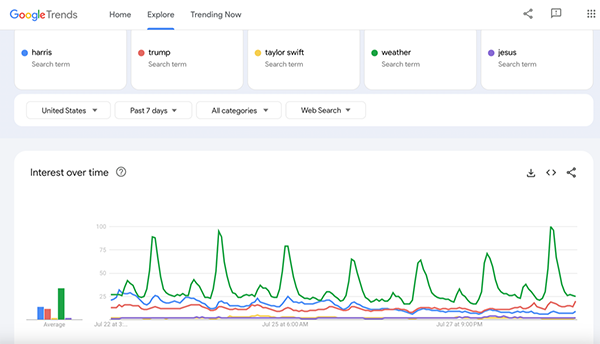SABO SEZ: A Long History – Do Not Fear AI
By Walter Sabo
a.k.a. Walter Sterling, Host
WPHT, Philadelphia, “Walter Sterling Every Damn Night”
TMN syndicated, “Sterling on Sunday”
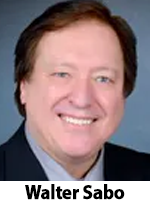 Andy Economos, the founder of Radio Computing Systems (RCS), was a leader in bringing digital tech into the radio industry. In 1980, he was leaving his position as head of technology for NBC Inc. to start his own company. I was EVP of the NBC FM stations. Andy and I were walking to lunch, crossing Sixth Avenue at 49th street and he asked me, “Is there any software your radio stations could use?”
Andy Economos, the founder of Radio Computing Systems (RCS), was a leader in bringing digital tech into the radio industry. In 1980, he was leaving his position as head of technology for NBC Inc. to start his own company. I was EVP of the NBC FM stations. Andy and I were walking to lunch, crossing Sixth Avenue at 49th street and he asked me, “Is there any software your radio stations could use?”
I said, “Yes, we could use software that programs music.” He was interested. I said, “When you invent that, NBC will buy your first products.”
Andy went forth and invented “Selector,” the first viable, almost easy-to-understand, user-friendly music programming software. Prior to “Selector,” music was programmed in a wide variety of homemade processes such as rotating songs against back timing photo lab clocks (WABC) to RKO’s “Gold Book” mess requiring jocks to use many colored pens to log off played songs. Or the wooden spike technique: Jocks took the 45s off one spike after it was played and stacked it on a different spike – really.
The adoption of “Selector” didn’t go as planned. First, most of the industry was terrified that what little freedom jocks had to select songs would be lost. My favorite cry from jocks, “But when it’s raining, I’ve got to play a song that sings about rain.”
My hope for computerizing the organization of songs was that it would free up programmers to program! The desired end game was that programmers would have more time to talk with their talent, create bigger promotions and upgrade overall production.
What happened, however, was most programmers devoted more time to programming music! Throughout the country programmers pored over the output from “Selector” and manually, hour by hour by hour and edited every song.
When discussing the virtue of precision music selection, WABC midday talent Ron Lundy said, “It don’t mean nothinnnnn.”
AI is just like “Selector.” First, it strikes fear. But it will be used in every radio station very soon. How it will be used and its impact on you will be different than we can imagine. The more a person learns about AI’s capabilities and how to use its fresh options, the more control they will have of it.
Walter Sabo has been a C-Suite action partner for companies such as SiriusXM, Hearst, Press Broadcasting, Gannett, RKO General, and many other leading media outlets. His company, HITVIEWS, in 2007, was the first to identify and monetize video influencers. His nightly show “Walter Sterling Every Damn Night” is heard on WPHT, Philadelphia. His syndicated show, “Sterling On Sunday,” from Talk Media Network, airs 10:00 pm-1:00 am ET, and is now in its 10th year of success. He can be reached by email at sabowalter@gmail.com.



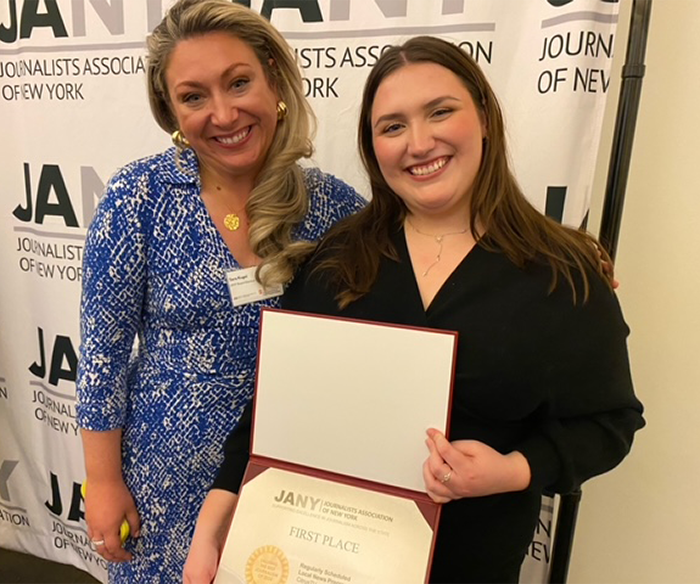
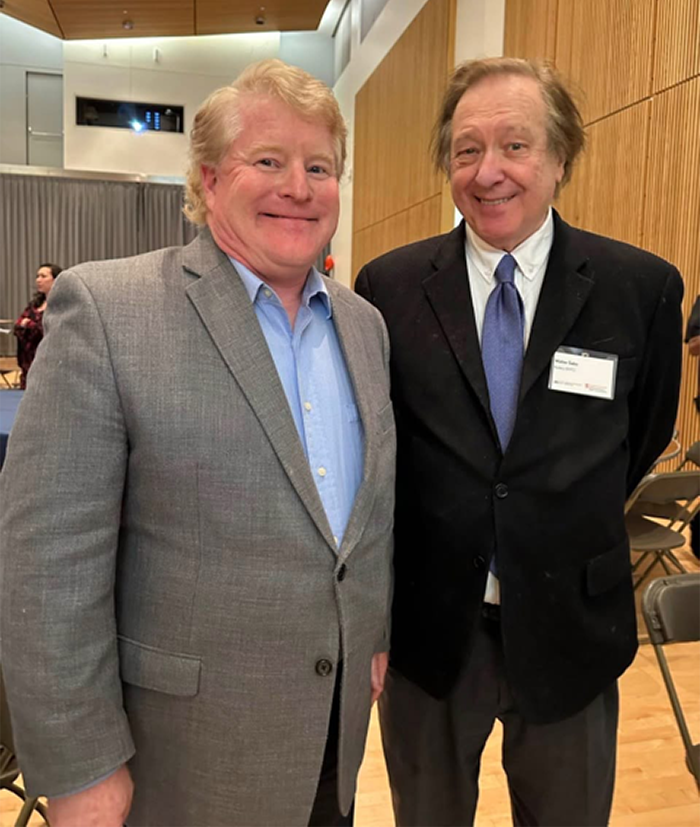
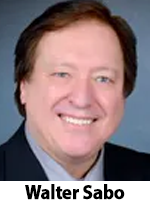 Finally. Not by Facebook, TikTok, Instagram, nope; I was banned from a WBIR anchor’s video live stream.
Finally. Not by Facebook, TikTok, Instagram, nope; I was banned from a WBIR anchor’s video live stream. One of my first jobs out of college was working in the marketing department of WNBC-AM, New York. Yes, “Imus In The Morning” (Don Imus – not nice), Cousin Brucie (Bruce Morrow – nicest star who ever lived). One of my tasks was to pull ratings numbers from the computer for the sales department. I was fascinated by TIME SPENT LISTENING (TSL) and CUME numbers. I’d rank them, compare, trend them every way imaginable.
One of my first jobs out of college was working in the marketing department of WNBC-AM, New York. Yes, “Imus In The Morning” (Don Imus – not nice), Cousin Brucie (Bruce Morrow – nicest star who ever lived). One of my tasks was to pull ratings numbers from the computer for the sales department. I was fascinated by TIME SPENT LISTENING (TSL) and CUME numbers. I’d rank them, compare, trend them every way imaginable. The groaning and moaning that “radio is losing younger demos and will die tomorrow” misses the point. What attracts younger audiences? What has always attracted younger audiences? NEW STUFF. New clothes, shows, slang, ideas… NEW. When you “found” radio, you found a top 40 station that was saturated in the latest music, events and ATTITUDE. Radio remains vital by presenting and celebrating new, shocking, contest prizes, revolutionary ideas, hosts, jocks… NEW.
The groaning and moaning that “radio is losing younger demos and will die tomorrow” misses the point. What attracts younger audiences? What has always attracted younger audiences? NEW STUFF. New clothes, shows, slang, ideas… NEW. When you “found” radio, you found a top 40 station that was saturated in the latest music, events and ATTITUDE. Radio remains vital by presenting and celebrating new, shocking, contest prizes, revolutionary ideas, hosts, jocks… NEW. The world of blogs and vlogs has been loaded with largely erroneous news of MTV closing. New owner, Paramount Global, is searching for divisions showing no growth. If MTV is now a liability, it may be a target for a shutdown.
The world of blogs and vlogs has been loaded with largely erroneous news of MTV closing. New owner, Paramount Global, is searching for divisions showing no growth. If MTV is now a liability, it may be a target for a shutdown. of the Gods has powered thousands of hours of programming fun. Recently, I saw the latest edition of his book.
of the Gods has powered thousands of hours of programming fun. Recently, I saw the latest edition of his book.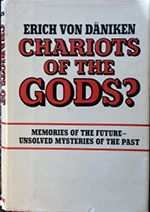 Like many of you, I love “Ancient Aliens” on the History Channel narrated by the formidable Robert Clotworthy. Robert is a great guest on my show, “Sterling Every Damn Night” and he puts up with whatever nonsense that gets tossed at him. Thank you, Robert.
Like many of you, I love “Ancient Aliens” on the History Channel narrated by the formidable Robert Clotworthy. Robert is a great guest on my show, “Sterling Every Damn Night” and he puts up with whatever nonsense that gets tossed at him. Thank you, Robert.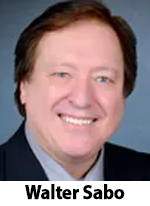 As a media consultant, my team has had the privilege of being engaged extensively by members of the C-Suite. Becoming a member of the C-Suite is a common goal. To get into any group, acceptance often depends on acting and appearing like established members. Here are some of the actions observed of business masters whom we consulted:
As a media consultant, my team has had the privilege of being engaged extensively by members of the C-Suite. Becoming a member of the C-Suite is a common goal. To get into any group, acceptance often depends on acting and appearing like established members. Here are some of the actions observed of business masters whom we consulted: Have you noticed a profile pattern for the mass shooters and political assassins? 20-30 years old. Living at home or close.
Have you noticed a profile pattern for the mass shooters and political assassins? 20-30 years old. Living at home or close. Amazon learned that there are high volume sales for specific categories of products. High demand equals high value to the seller. Items such as diapers, printer ink, staplers, batteries, etc. Being brilliant, Amazon created “Amazon Basics.” Same products, white labeled. Amazon doesn’t manufacture batteries; they just slap their logos on what America needs most. That’s why Mr. Bezos has a bigger boat than you.
Amazon learned that there are high volume sales for specific categories of products. High demand equals high value to the seller. Items such as diapers, printer ink, staplers, batteries, etc. Being brilliant, Amazon created “Amazon Basics.” Same products, white labeled. Amazon doesn’t manufacture batteries; they just slap their logos on what America needs most. That’s why Mr. Bezos has a bigger boat than you. The risk is real. Suggesting that a technique used with great success in the recent past might be beneficial to the present is a perilous course. Is the idea out of touch with today’s reality? Is the author ignoring current trends?
The risk is real. Suggesting that a technique used with great success in the recent past might be beneficial to the present is a perilous course. Is the idea out of touch with today’s reality? Is the author ignoring current trends? Reviewing radio’s challenges:
Reviewing radio’s challenges: Conventional industry wisdom: “If our morning star leaves, we’re dead. How could we replace them?”
Conventional industry wisdom: “If our morning star leaves, we’re dead. How could we replace them?” There are two broad categories of thought: Task. Creative. When in creative mode, a person innovates, imagines, plans, and solves problems. An idea bank is a bank! Money grows from the results of imagination: new products, new music, new formats, new sales strategies. Business growth depends on new!
There are two broad categories of thought: Task. Creative. When in creative mode, a person innovates, imagines, plans, and solves problems. An idea bank is a bank! Money grows from the results of imagination: new products, new music, new formats, new sales strategies. Business growth depends on new! The drive to stream video of radio shows has always been risky. Remember your shock when you first saw one of your radio heroes? Video streaming can present a constant disconnect between the show in the listener’s head and the show on the stream. Many stations make the disconnect worse by streaming terrible video images. Combine the trauma of how a host really looks with a dreary TV show and the package cannot benefit the relationship between station and listener/viewer.
The drive to stream video of radio shows has always been risky. Remember your shock when you first saw one of your radio heroes? Video streaming can present a constant disconnect between the show in the listener’s head and the show on the stream. Many stations make the disconnect worse by streaming terrible video images. Combine the trauma of how a host really looks with a dreary TV show and the package cannot benefit the relationship between station and listener/viewer.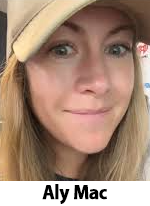 right, two shows… one on the radio, one on the stream. Seamless and fun.
right, two shows… one on the radio, one on the stream. Seamless and fun. At first, I thought it was a joke. When I realized there were serious people having serious meetings about the joke, it became both horrific and symptomatic
At first, I thought it was a joke. When I realized there were serious people having serious meetings about the joke, it became both horrific and symptomatic Dozens of brand-new audio hardware and software companies have been launched during the past 20 years. These start-ups are usually funded by venture capital money. VC money is not invested to return a profit, it’s poured in to – pour it in. Their money is “different” than the cashflow that fuels your business. Start-up money buys time to profit.
Dozens of brand-new audio hardware and software companies have been launched during the past 20 years. These start-ups are usually funded by venture capital money. VC money is not invested to return a profit, it’s poured in to – pour it in. Their money is “different” than the cashflow that fuels your business. Start-up money buys time to profit. Right now, dozens of well-suited, over-priced, unpleasant lawyers are fighting in Hollywood over the title credit their client should receive on a movie, TV show, or book cover. Placement within the credit roll at the end of a show is a battleground of egos and legalities. Part of the process of securing proper credit is governed by multiple union rules negotiated by multiple unions and corporate dictates of corporate masters. (You don’t get to be CEO of Paramount by being a nice guy.)
Right now, dozens of well-suited, over-priced, unpleasant lawyers are fighting in Hollywood over the title credit their client should receive on a movie, TV show, or book cover. Placement within the credit roll at the end of a show is a battleground of egos and legalities. Part of the process of securing proper credit is governed by multiple union rules negotiated by multiple unions and corporate dictates of corporate masters. (You don’t get to be CEO of Paramount by being a nice guy.) “It won’t work on FM.” Country. Country was predicted to be a failing format for the FM band. At the dawn of FM proliferation in the 1970s, the future of the band was viewed with fear and skepticism. Why wouldn’t country music work on the FM band? The conventional chatter said that “country needs to be on AM because truckers drive long distances and AM signals cover long distances. FM does not.”
“It won’t work on FM.” Country. Country was predicted to be a failing format for the FM band. At the dawn of FM proliferation in the 1970s, the future of the band was viewed with fear and skepticism. Why wouldn’t country music work on the FM band? The conventional chatter said that “country needs to be on AM because truckers drive long distances and AM signals cover long distances. FM does not.” These books have helped me tell stories, prioritize programming initiatives and manage career strategies. If interested in a book the link connects to its page on Amazon.
These books have helped me tell stories, prioritize programming initiatives and manage career strategies. If interested in a book the link connects to its page on Amazon. Serious business coaches reveal that a common trait of successful people is their ability to immediately forget their failures and to move on. Next idea. Next project. Surrounded by seas of committees, forms, rules and mediocrity, effective leaders know that just trying something, regardless of the outcome, is the WIN.
Serious business coaches reveal that a common trait of successful people is their ability to immediately forget their failures and to move on. Next idea. Next project. Surrounded by seas of committees, forms, rules and mediocrity, effective leaders know that just trying something, regardless of the outcome, is the WIN.  Thank you, TALKERS for placing me on two panels at the IBSNYC conference. All student conferences have one underlying goal: Attendees want to know how to land a starter job in media. Here’s the information I shared with the eager crowd.
Thank you, TALKERS for placing me on two panels at the IBSNYC conference. All student conferences have one underlying goal: Attendees want to know how to land a starter job in media. Here’s the information I shared with the eager crowd. Thank you, TALKERS for having me on panels at the TALKERS Generations 2025 IBSNYC conference this past Saturday (3/8). Moderator and Philadelphia talk show god Dom Giordano asked us the inevitable: “What is the future of radio?”
Thank you, TALKERS for having me on panels at the TALKERS Generations 2025 IBSNYC conference this past Saturday (3/8). Moderator and Philadelphia talk show god Dom Giordano asked us the inevitable: “What is the future of radio?”
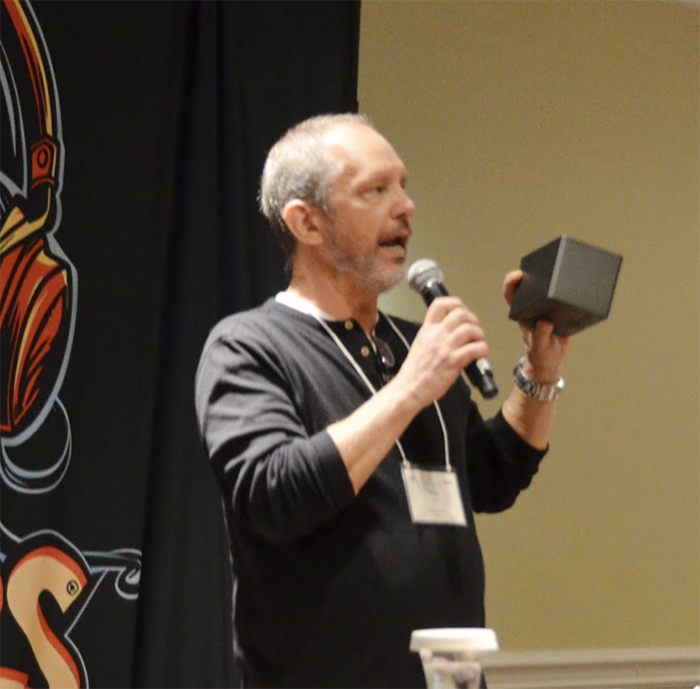
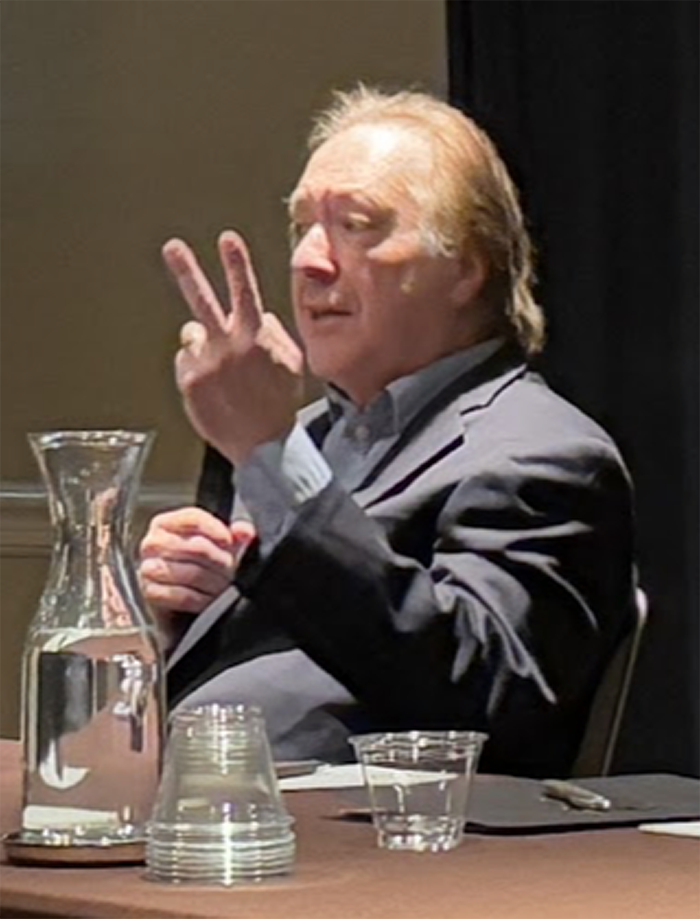
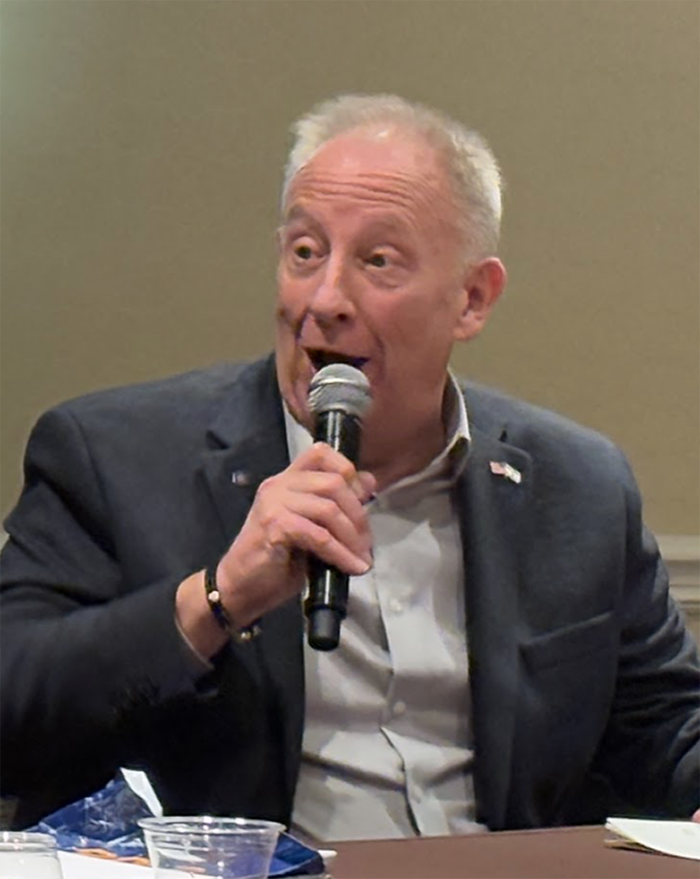
 During my tenure at NBC, once a month the division heads would meet at the behest of the CEO to report on their progress and trends in their sector. As the executive vice president of the FM division, I took a seat in that formidable group and tried to keep my remarks as brief as possible. What could I possibly say that would be more damn important than the words of the president of NBC News or the NBC Television network? In addition to NBC’s CEO, the CEO of owner RCA would often join the fun.
During my tenure at NBC, once a month the division heads would meet at the behest of the CEO to report on their progress and trends in their sector. As the executive vice president of the FM division, I took a seat in that formidable group and tried to keep my remarks as brief as possible. What could I possibly say that would be more damn important than the words of the president of NBC News or the NBC Television network? In addition to NBC’s CEO, the CEO of owner RCA would often join the fun. Jim Gearhart is a remarkable on-air talent who was the AM drive host on New Jerey 101.5 for 20-plus years. In the 1960’s he was a star on WCBS-AM and WNEW. The illustration is an ad for his 2:00 pm to 4:00 pm show on WNBC circa 1968.
Jim Gearhart is a remarkable on-air talent who was the AM drive host on New Jerey 101.5 for 20-plus years. In the 1960’s he was a star on WCBS-AM and WNEW. The illustration is an ad for his 2:00 pm to 4:00 pm show on WNBC circa 1968.

 Paired association learning is the primary strategy our brain uses to remember facts: Oh, What a Feeling, Toyota. For several years, our business has worked hard to “save” the AM band by demonstrating how useful radio is in times of Emergency: Floods, fires, hurricanes, tornadoes. Think AM and think local disaster!
Paired association learning is the primary strategy our brain uses to remember facts: Oh, What a Feeling, Toyota. For several years, our business has worked hard to “save” the AM band by demonstrating how useful radio is in times of Emergency: Floods, fires, hurricanes, tornadoes. Think AM and think local disaster! As an industry, radio has a peculiar modesty. We diminish our magic and power in relating to listeners and colleagues by using the wrong slang terminology. May I suggest new “labelling” of commonly used radio terms?
As an industry, radio has a peculiar modesty. We diminish our magic and power in relating to listeners and colleagues by using the wrong slang terminology. May I suggest new “labelling” of commonly used radio terms?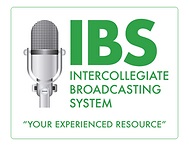 IBS National Conference Set for 2025. The Intercollegiate Broadcasting System (IBS) has announced its annual conference will be coming back to New York City next year. Set for March 7-8, 2025, the nation’s longest running, largest and most important gathering of college radio broadcasters will be held again at the Sheraton Times Square in the heart of Manhattan. Organizers have plans in the works for activities like additional sessions and tours during the day on Thursday, March 6 as well. Early registrants can save big bucks. $109 per person for up to 10 attendees, then the rest of your staff goes for free! This offer ends October 15, (and then prices and group deals go up). TALKERS publisher Michael Harrison, who was a featured speaker at last year’s conference says, “One of the most dynamic scenes in radio today connecting the present with the future is playing out on college campuses across the nation. Professional broadcasters interested in the future of this medium and industry should attend this event. I always come away from it invigorated and inspired.” For more info on IBSNYC 2025, please
IBS National Conference Set for 2025. The Intercollegiate Broadcasting System (IBS) has announced its annual conference will be coming back to New York City next year. Set for March 7-8, 2025, the nation’s longest running, largest and most important gathering of college radio broadcasters will be held again at the Sheraton Times Square in the heart of Manhattan. Organizers have plans in the works for activities like additional sessions and tours during the day on Thursday, March 6 as well. Early registrants can save big bucks. $109 per person for up to 10 attendees, then the rest of your staff goes for free! This offer ends October 15, (and then prices and group deals go up). TALKERS publisher Michael Harrison, who was a featured speaker at last year’s conference says, “One of the most dynamic scenes in radio today connecting the present with the future is playing out on college campuses across the nation. Professional broadcasters interested in the future of this medium and industry should attend this event. I always come away from it invigorated and inspired.” For more info on IBSNYC 2025, please  Sterling Shines in Philly. In the first two months since the debut of “Sterling Every Damn Night” on WPHT, Philadelphia, the quirky 9:00 pm – 12:00 midnight talk show hosted by Walter M Sterling (a.k.a. legendary media consultant Walter Sabo) has been gathering jaw dropping metrics. The show has delivered five times the total share of audience 12+ since the same time last year and has proven to be formidably competitive in every key news/talk radio demo. What makes it so interesting on an industry level is its departure from the standard left-right partisan politics that dominates the news/talk format. It covers what is described as “nightly life” – such as the trouble with customer service, in-laws, schools, and romance. What one talks about with their best friends is what the show discusses. Features on the show include listener calls, plus “People of Walmart,” “True Detective Stories,” and new perspectives on current events: Sterling had the first interview with a citizen of Ukraine while bombs were going off, and a Tel Aviv bus driver sharing thoughts on America’s alleged lack of support for Israel. The show is designed for guards up all night in the building lobby, people getting done with second shift, going on third shift, cramming for finals or trying to get the baby to sleep. This is a show that deserves radio industry attention.
Sterling Shines in Philly. In the first two months since the debut of “Sterling Every Damn Night” on WPHT, Philadelphia, the quirky 9:00 pm – 12:00 midnight talk show hosted by Walter M Sterling (a.k.a. legendary media consultant Walter Sabo) has been gathering jaw dropping metrics. The show has delivered five times the total share of audience 12+ since the same time last year and has proven to be formidably competitive in every key news/talk radio demo. What makes it so interesting on an industry level is its departure from the standard left-right partisan politics that dominates the news/talk format. It covers what is described as “nightly life” – such as the trouble with customer service, in-laws, schools, and romance. What one talks about with their best friends is what the show discusses. Features on the show include listener calls, plus “People of Walmart,” “True Detective Stories,” and new perspectives on current events: Sterling had the first interview with a citizen of Ukraine while bombs were going off, and a Tel Aviv bus driver sharing thoughts on America’s alleged lack of support for Israel. The show is designed for guards up all night in the building lobby, people getting done with second shift, going on third shift, cramming for finals or trying to get the baby to sleep. This is a show that deserves radio industry attention. Wall Street investors do not put up money for traditional radio and television stations.
Wall Street investors do not put up money for traditional radio and television stations.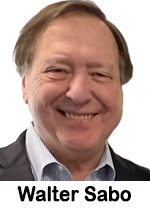 Humility means to be teachable. It’s the most important trait of great leaders and managers. For years I looked forward to focus groups to reveal the top-of-mind awareness of media among listeners. These groups always reminded us of a listener’s life priorities which never included radio listening! They taught us the correct secular language to use in promos and slogans, and what they remembered versus what we wanted them to remember.
Humility means to be teachable. It’s the most important trait of great leaders and managers. For years I looked forward to focus groups to reveal the top-of-mind awareness of media among listeners. These groups always reminded us of a listener’s life priorities which never included radio listening! They taught us the correct secular language to use in promos and slogans, and what they remembered versus what we wanted them to remember.